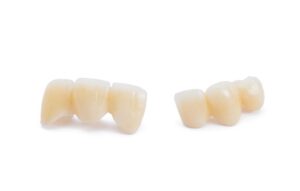
Dentures are one of the most common forms of tooth replacement; millions of people rely on them to help them chew food and smile with confidence! Despite how common they are, though, many people still harbor some misconceptions about them. What is the truth behind common myths about dentures? This blog post provides some useful insight.
(more…)








